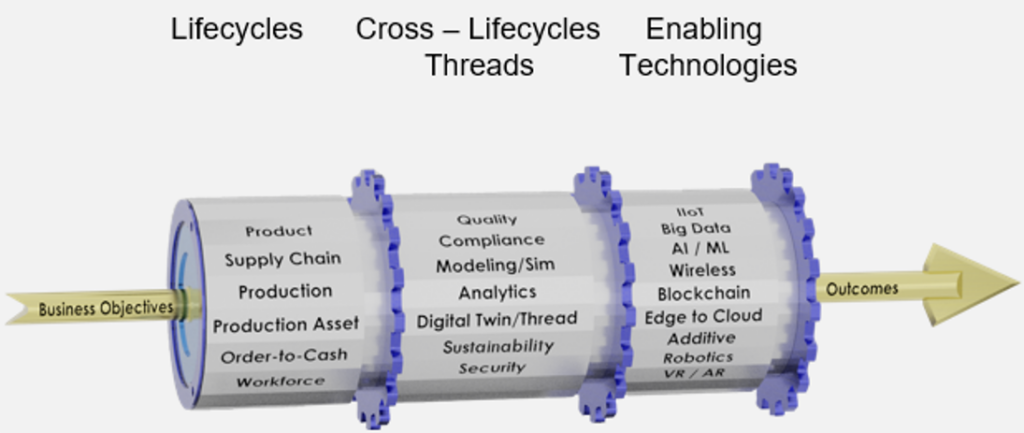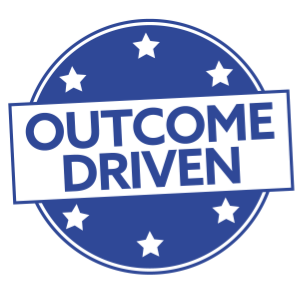Initiating or navigating your company’s digital transformation can seem daunting, but it doesn’t have to be. Our five-step approach breaks down the process into manageable actions to help your company confidently embrace the journey of digital change.
STEP 1: Engage the Stakeholders
Initiate discussions with all the stakeholders in your organization (i.e. Leadership, IT, Quality, Operations, Maintenance/Engineering, Business Systems, Supply Chain). If your company has multiple sites, choose the site(s) that best represent the cross-section of your business/processes.
When communicating with stakeholders, start with a clear definition of critical business issues or needs to ensure that everyone involved is aligned on the objectives and the problems that need to be addressed. This helps avoid the common pitfall of jumping to solutions without fully understanding the underlying issues and business implications. By focusing on the problem first, it´s scalability and its impact to the identified business case you can then explore the most appropriate technology or software solutions that meet the actual requirements.
The new MESA Model is a great guide how to utilize the 5 steps below:

Do not jump from the Business Objective direct into the technology conclusion, define first which Lifecycle should be the focus and then what Cross-Lifecycles Threads are important to then define the technology.
Topics to consider:
- Goals for each stakeholder group.
- Understand the Processes/standards/constraints for each group.
Identify/define the pain points for each group. - Define each business case with its financial impact.
- Determine the cost of NOT fixing the pain points (Quantitative and Qualitative).
- Determine the cost to eliminate/mitigate the pain point.
- Determine what tools/systems you already have in place to enable change (if possible).
- Identify the benefits of each initiative, focusing on monetary advantages, when possible, though some benefits may be qualitative or subjective.
- Determine how the potential technology for the solution would fit into the overall architecture and how fast can the implementation be done.
- How difficult is the implementation; can it be done in-house or is outside help required.
- Determine the cultural impact of the change on the business and consider what it will take to anchor the solution and provide the necessary training for employees.
- Identify any risks associated with the initiatives.
- For more mature organizations – consider how analytics can be used to help drive the business.
STEP 2: Evaluate Digital Maturity
Each organization is at a different place on its digital journey. Evaluate your organization’s digital maturity level using online resources such as:
- LSI’s Interactive Maturity Model or for a more detailed assessment,
- MESA Manufacturing Operation Management (MOM) Maturity Assessment Tool
- MESA White Paper #53: MESA MOM Capability Maturity Model Version 1.0
STEP 3: Consider Getting Help
Enlist the help of an ‘independent’ Operational Consultant/Systems Integrator. Look for a partner that will:
- Listen and help consult on best practices/solutions that fit your business needs — without imposing their own agenda or influence to use a specific application or technology platform.
- Work with you to determine the short and long-term cost of each initiative.
- Enable the organization with Organizational Change Management.
STEP 4: Categorize your Initiatives
Take each of your initiatives and categorize them by time frame – short-term, mid-term, and long-term and follow that up with:
- Cost/benefit and ROI to present as a business case.
- Determine what ROI is acceptable for your organization.
- Understand/define current metrics of where things are today – so you can definitively show impact when the initiative is complete.
STEP 5: Gain Internal/Executive Support
All the work done on the items above won’t matter if you don’t have buy-in from those who will be impacted by the change and those who need to contribute to it.
- Start with the quick wins/high impact – design/execute.
- Assess the actual benefits provided by the change.
- ALWAYS present the impact when complete to all stakeholders and present the next initiatives.
- Rinse and repeat.
Bonus Tip: Join MESA to get access to all the documentation/resources they offer—do not reinvent the wheel.
Author: Tim McEntee, Director of Operational Intelligence (OI)
This article was first shared on MESA International’s ‘Where Manufacturing Meets IT’ blog.
